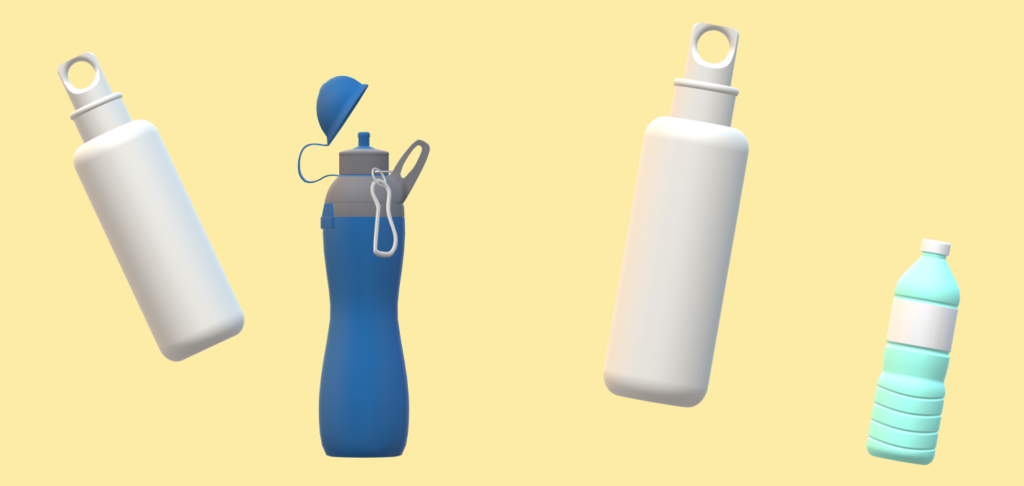Table of Contents
Quitting smoking is one of the most significant steps you can take towards improving your health and well-being. However, it can be incredibly challenging due to nicotine addiction. This guide is designed to help you quit smoking by providing practical strategies, support, and resources. Let’s explore how you can break free from smoking and lead a healthier life.
Why Quit Smoking?
Smoking is linked to numerous health issues, including heart disease, stroke, lung cancer, and respiratory diseases. Additionally, smoking can affect your overall quality of life, leading to issues like bad breath, stained teeth, and decreased stamina. Quitting smoking not only reduces your risk of developing these health problems but also improves your energy levels, appearance, and overall well-being.
Understanding Nicotine Addiction
Nicotine is the addictive substance in cigarettes that makes quitting so difficult. It triggers the production of dopamine, a chemical messenger linked to feelings of enjoyment and motivation. Over time, your body becomes dependent on nicotine to feel good, making it hard to quit.
Preparing to Quit Smoking
Preparation is key to successfully quitting smoking. Here are some steps to get ready:
- Set a Quit Date: Pick a day in the next two weeks to stop smoking. This gives you time to prepare without losing motivation.
- Tell Friends and Family: Inform your loved ones about your plan to quit. Their support can provide motivation and accountability.
- Remove Smoking Triggers: Dispose of all cigarettes, lighters, ashtrays, and any other objects that bring to mind smoking.
- Plan for Challenges: Identify potential challenges, such as stress or social situations, and plan how to handle them.
Effective Strategies to Quit Smoking
There are several strategies you can use to quit smoking. Finding what’s best for you is important.
1. Nicotine Replacement Therapy (NRT)
NRT gives you a measured amount of nicotine without the dangerous chemicals in cigarettes. Options include:
- Nicotine patches
- Nicotine gum
- Nicotine lozenges
- Nicotine nasal spray
- Nicotine inhalers
NRT can make quitting easier by reducing withdrawal symptoms and cravings.
2. Prescription Medications
Some medications have the potential to decrease both cravings and withdrawal symptoms. These include:
- Bupropion (Zyban): This medication affects brain chemicals associated with nicotine cravings.
- Varenicline (Chantix): This drug reduces cravings and withdrawal symptoms by blocking nicotine receptors in the brain.
It is always advisable to seek advice from your doctor before beginning any medication.
3. Behavioral Therapy
Behavioral therapy helps you develop coping strategies and change your smoking habits. It can be done individually, in a group, or over the phone. Therapy sessions focus on identifying triggers, managing stress, and developing a quit plan.
4. Alternative Therapies
Some people find success with alternative therapies, such as:
- Hypnosis: A technique that aims to change your perception of smoking.
- Acupuncture: Might help with cravings and withdrawal symptoms.
- Mindfulness Meditation: Can help manage stress and reduce the urge to smoke.
Coping with Withdrawal Symptoms
Withdrawal symptoms can be tough, but they are temporary. Here are some common symptoms and how to manage them:
Cravings
Cravings usually last 5-10 minutes. Distract yourself with activities like walking, drinking water, or chewing gum.
Irritability and Anxiety
Try relaxation techniques. Deep breathing, meditation, or yoga can help with stress and anxiety.
Difficulty Concentrating
Take regular breaks and engage in short, focused tasks. Physical activity can also help improve concentration.
Insomnia
Establish a regular sleep routine. Avoid drinking caffeine and set up a calming environment in your bedroom to help you sleep.
To cope with withdrawal:
- Stay Hydrated: Drink plenty of water.
- Stay Active: Exercise to reduce stress and improve your mood.
- Distract Yourself: Engage in activities that keep your mind off smoking.
- Seek Support: Reach out to friends, family, or consider becoming a member of a support group.
Long-Term Strategies to Stay Smoke-Free
Quitting smoking is a long-term commitment. Here are strategies to help you stay smoke-free:
1. Avoid Triggers
Identify and avoid situations or people that trigger the urge to smoke. Substitute smoking behaviors with more beneficial options such as chewing gum or going for a walk.
2. Stay Positive
Keep a positive attitude and regularly remind yourself of the advantages of quitting. Celebrate your milestones, no matter how small, and stay focused on your goal.
3. Seek Continuous Support
Join a support group, either in-person or online. Sharing your experiences and hearing from others can provide encouragement and motivation.
4. Keep Busy
Stay engaged in activities that keep your hands and mind occupied. Hobbies, exercise, and spending time with loved ones can help distract you from cravings.
Benefits of Quitting Smoking
The benefits of quitting smoking start almost immediately and continue to improve over time:
- 20 Minutes After Quitting: The heart beats slower and blood pressure goes down.
- 12 Hours: The amount of carbon monoxide in the blood goes back to the usual level.
- 2 Weeks to 3 Months: Your lungs will work better and your blood will flow better.
- 1 to 9 Months: Coughing and trouble breathing get better.
- 1 Year: Smokers have twice the risk of developing coronary heart disease.
- 5 Years: The risk of stroke is lowered to the level of someone who does not smoke.
- 10 Years: Lung cancer risk is half of what it is for a smoker.
- 15 Years: The chance of getting heart disease is similar to that of someone who does not smoke.
Conclusion
Quitting smoking is a journey. It needs determination, support, and the right strategies. By understanding nicotine addiction, preparing adequately, and utilizing effective methods, you can break free from smoking and embrace a healthier life. Remember, every step you take towards quitting is a step towards a better future. Stay positive, seek support, and believe in yourself—you can do this!



